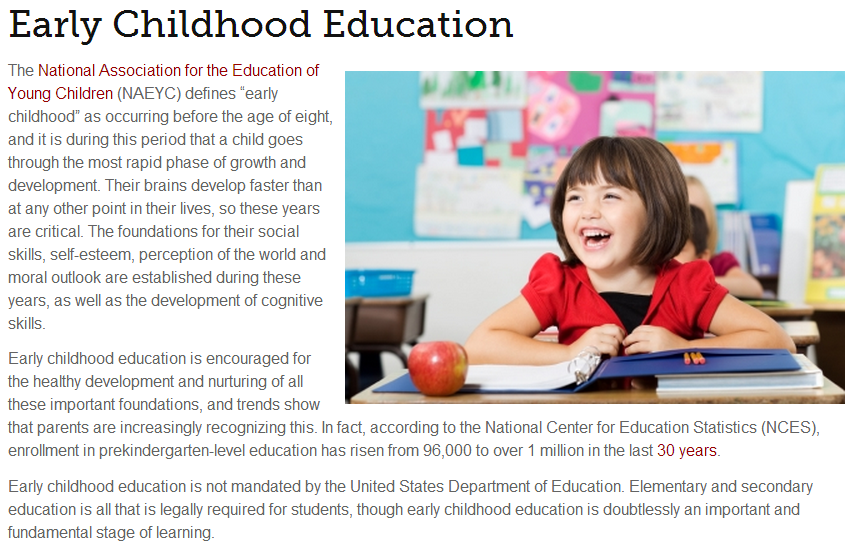http://shanesinspiration.org/education/wp-content/uploads/2012/04/inclusion-lunch-box-education-program.png
The Inclusion Lunch box includes:
- A step-by-step guide and materials to facilitate an engaging 60 minute classroom workshop help students from 3rd to 6th grades begin seeing past their physical, cognitive, sensory differences.
- An inclusive play guide that helps you facilitates integration on your campus or at an inclusive community program, giving children with and without disabilities a powerful hands-on opportunity to play with and learn about each other.
- A follow up workshop guide and materials that uses written evaluations, group debriefing and hands on activities to help students synthesize their newly-gained awareness and discover their common grounds.
- A Common Core Standards-based curriculum and resources list that helps you weave ability awareness-themed activities and content into you classroom throughout the year.
Some of us think of early childhood education as a place for caring for children for a certain period of time, until their parents come to pick them up. Well, it is far more than that....
Follow the link below to see what ECE is really about.
Benefits of Reading Aloud while making learning more interactive:
CHECK IT OUT!!
Repeated Interactive Read-Alouds in Preschool and Kindergarten
By: Lea M. McGee, Judith Schickedanz
Repeated interactive read-alouds, a systematic method of reading aloud, allow teachers to scaffold children's understanding of the book being read, model strategies for making inferences and explanations, and teach vocabulary and concepts. A storybook is read three times in slightly different ways in order to increase the amount and quality of children's analytical talk as they answer carefully crafted questions. During the first reading, teachers introduce the story's problem, insert comments, ask a few key questions, and finally ask a "why" question calling for extended explanation. This is accompanied by elaborations on a few key vocabulary words. Second reads capitalize on children's growing comprehension of the story by providing enriched vocabulary explanations and asking additional inference and explanation questions. Third reads consist of guided reconstruction of the story in which children recount information as well as provide explanations and commentary.
These techniques have shown to be effective in increasing children's engagement, understanding, and appreciation of literature in preschool and kindergarten settings.
Continue Reading: http://www.readingrockets.org/article/16287



No comments:
Post a Comment